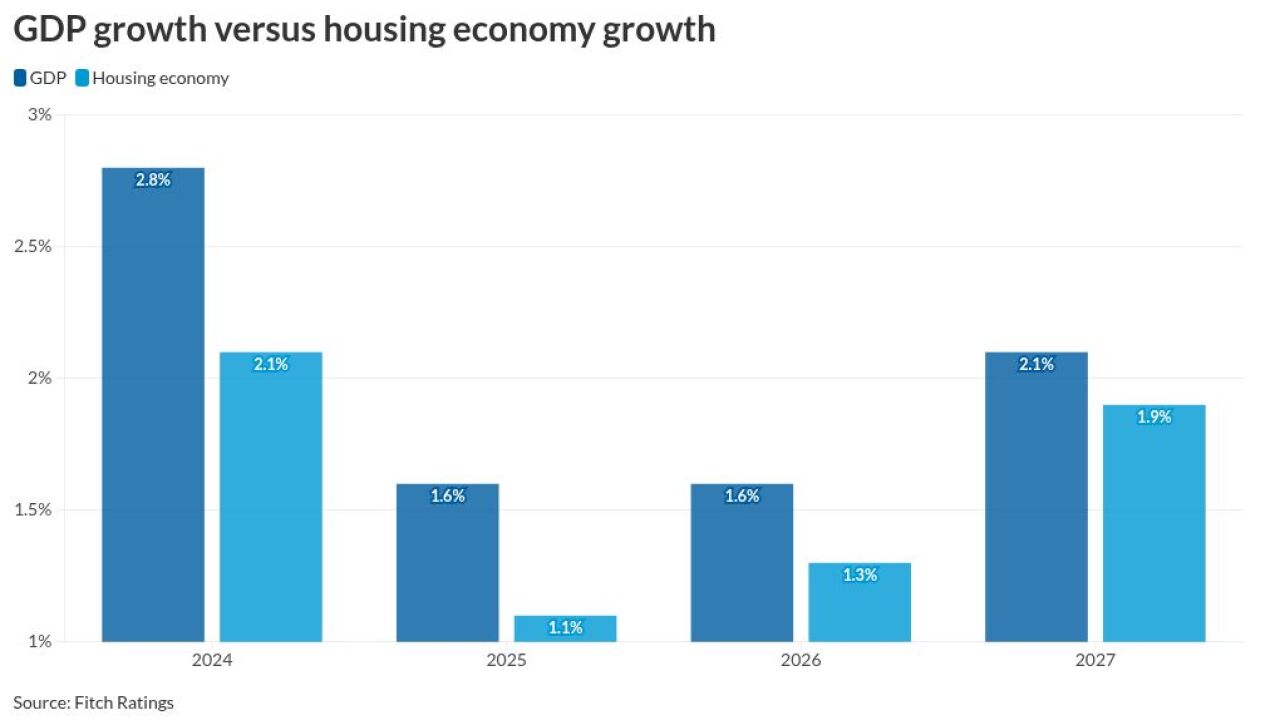Entergy Texas Restoration Funding II, will issue about $290.8 million in senior secured system restoration bonds, which will be backed by a stream of system restoration charges that retail electric customers will pay.
Proceeds from the issuance will pay for the recovery of certain system restoration costs related to Hurricanes Laura and Delta in 2020 and Winter Storm Uri in 2021, as well as other weather-related events, according to a pre-sale report from Moody’s Investors Service. Some of the proceeds
Entergy Texas, a subsidiary of Entergy Corp., is sponsoring the transaction.
Notes will be issued through two classes. After certain fees and expenses, the trust will repay interest—including any past-due interest¬—to noteholders, then principal as a result of a default and then scheduled principal payments.
Moody’s expects to assign ‘Aaa’ ratings to both classes of notes. The $100 million, A-1 notes are slated mature in December 2027, and the $190.8 million A-2 notes have an expected maturity of December 2035.
Among the transaction’s credit strengths is the State of Texas Public Utility Regulatory Act (PURA), coupled with the Public Utility’s Commission of Texas’s (PUCT’s) irrevocable Financing Order. The two mechanisms allow for the creation of the transition property. Through this, the issuer can impose and issue the system restoration charges.
Another advantage to the notes is a true-up adjustment mechanism, in which the financing order authorizes an uncapped true-up adjustment mechanism that mandatorily adjusts the charges at least annually to ensure timely bond payments until the 2022 bonds are paid in full.
Moody’s notes that the recovery charge is low, comprising around 1.75% of the total monthly bill.
The rating agency did note a couple of credit challenges. In the first nine months of 2021, industrial and commercial customers made up 52.5% of Entergy Texas’s electric segment revenue. This is exposure to non-residential customers is relatively high compared with other UCRC securitizations that Moody’s rates, and is a credit negative.
There is also the potential for insufficient collections, especially if the servicer falls short in forecasting electrical consumption, the rating agency said.






